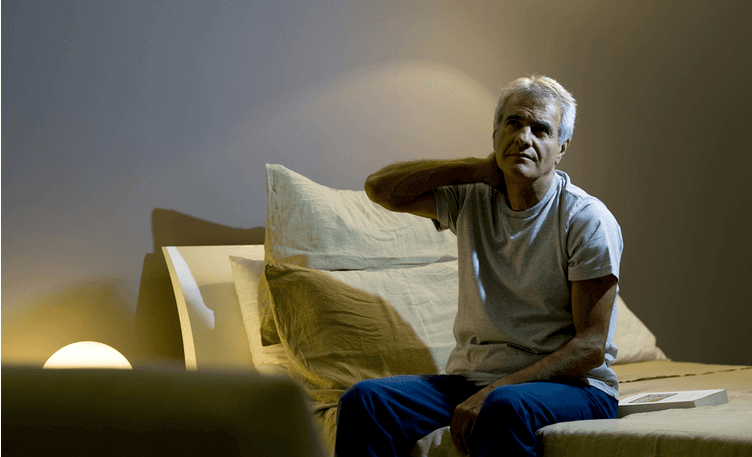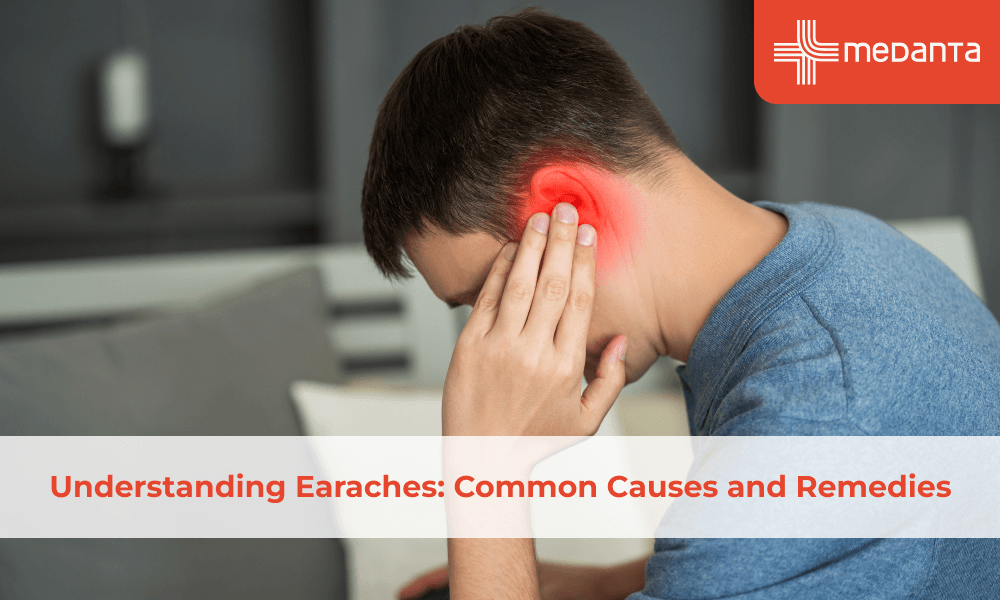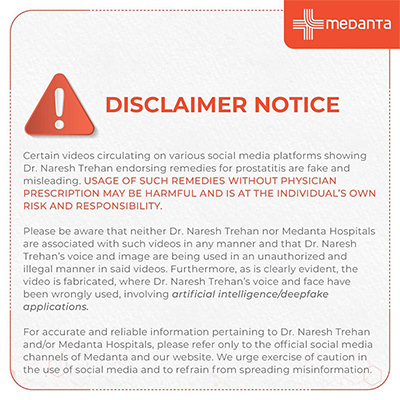Sleep and Chronic Pulmonary Disease: What Is the Link?

Chronic Obstructive Pulmonary Diseases (COPD) is a group of inflammatory lung conditions that cause an obstruction in the airflow from your lungs. The most common COPDs are Emphysema, chronic Bronchitis, chronic Asthma.
COPD usually develops in people after the age of 40. Problems with sleep and daytime fatigue are common with people suffering from COPD.
What Are the Symptoms of COPD?

Symptoms of COPD are usually not diagnosed until considerable lung damage has already occurred. However, some signs and symptoms of COPD include:
- Shortness of breath during exercise (Hypoventilation)
- Wheezing and tightness in the chest
- Excessive mucus in the lungs
- A chronic cough that may produce mucus (sputum) that may be clear, white, yellow or greenish
- Blueness of the lips or fingernail beds (cyanosis)
- Frequent respiratory infections
- Lack of energy
- Unintended weight loss (in later stages)
- Swelling in ankles, feet or legs
COPD patients may experience episodes called exacerbations, during which their symptoms aggravate and may last for several days.
What Is the Link Between COPD and Sleep?
COPD patients often complain of disturbed sleep or lack of sleep. COPD causes oxygen desaturation - a sudden drop in oxygen levels in your blood - that may exceed while sleeping, thereby disrupting the quality of sleep.
Nocturnal symptoms like coughing, chest pain, and frequent urination may impact the quality of sleep considerably.
Studies suggest that 75% of COPD patients experience symptomatic sleep disturbances.
Additionally, medications to manage symptoms of COPD can also impact your sleep routine on a daily basis.
Sleep Apnea and COPD: The Difference

Sleep Apnea is a chronic sleep disorder that causes your breathing to start and stop repeatedly, by blocking your airways.
COPD, on the other hand, makes breathing difficult because of clogged or narrow airways. It is usually caused due to excessive smoking or air pollution.
When you have both COPD and Sleep Apnea, it is called the Overlap Syndrome. Studies suggest that 10-15% of all patients with COPD have Sleep Apnea. The two can lead to a range of serious health conditions like:
- Hypercapnia (too much carbon dioxide in your blood)
- Pulmonary hypertension (high blood pressure in your lungs’ arteries)
- Fatigue (a drop in your energy level and increased daytime sleepiness)
How To Manage Symptoms of COPD

COPD is not curable, but its symptoms can be managed with a few changes in your lifestyle:
- Quit smoking
- Learn new breathing techniques
- Learn techniques to clear mucus
- Avoid infections
- Exercise and eat well
Apart from these, establish a sleep routine, especially if you have the Overlap Syndrome. Consult your doctor and make an action and treatment plan for your condition.






